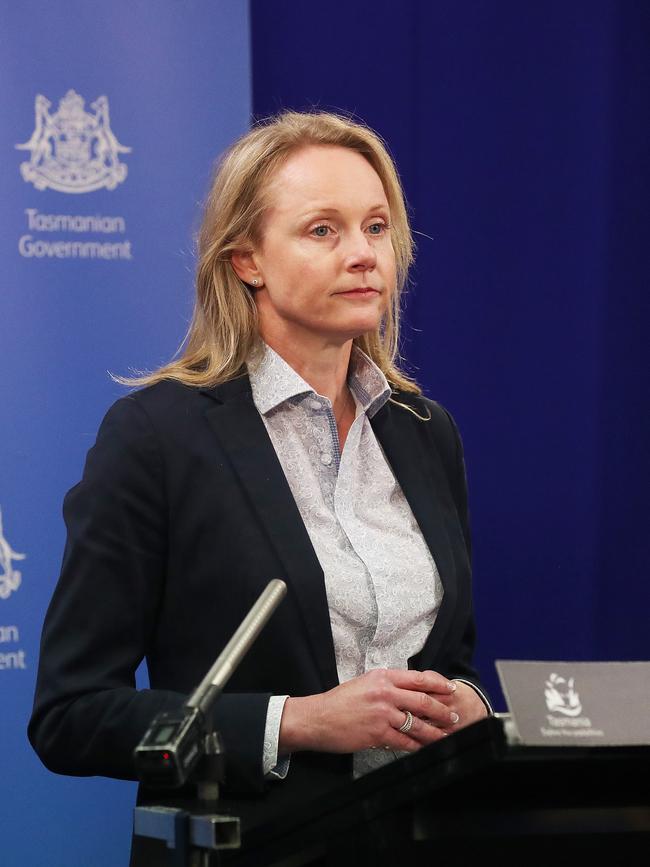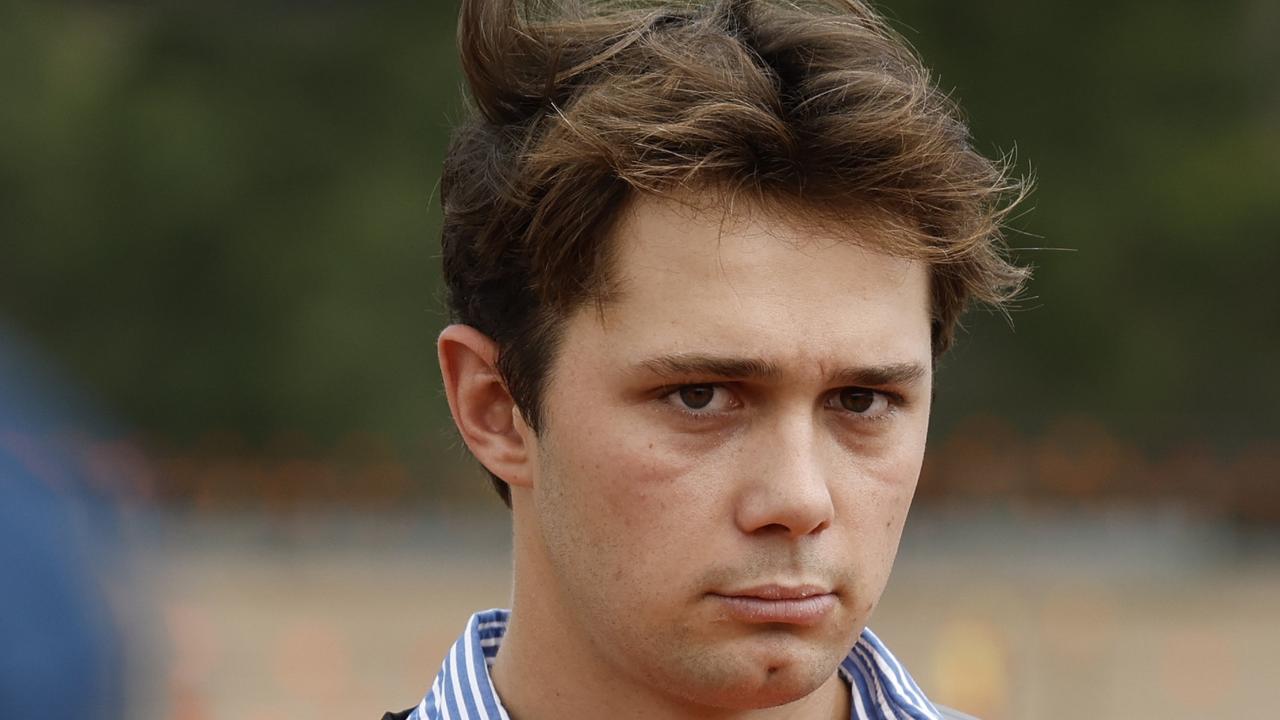Talking Point: Why are we still dying for a bed?
MARTYN GODDARD: Only a major building program can fix the problem crippling Tasmania’s hospital system

Opinion
Don't miss out on the headlines from Opinion. Followed categories will be added to My News.
IN the first 17 years of this century, the number of beds in Tasmanian public hospitals rose by 14 per cent. The number of patients treated rose by 79 per cent.
That dismal statistic is at the core of almost all the problems crippling our hospital system.
Without enough beds in specialist wards, patients back up in emergency departments, often with their condition getting worse.
Staff are working harder than ever, but constant crises divert them from their usual tasks. Nurses and doctors are taken out of the wards and transferred to the crowded and chaotic emergency departments. Ambulances carrying sick patients are ramped outside, unable to respond to other calls. Senior doctors spend hours a day in crisis meetings.
Inevitably, per-patient costs are higher than they should be, and rising. Nothing is working as it ought.
All this is not because there aren’t enough staff. We have enough doctors and nurses to treat between 15 and 20 per cent more inpatients than we do — if they were able to work at an ordinary level of efficiency. But there aren’t enough beds.
For decades, successive governments have shirked the job of building the major new capacity the community needs. The makeshift, temporary fix has been preferred to the appropriate permanent solution.
In 1998 the Royal Hobart Hospital’s maternity wing became the Hobart Private Hospital. The public system lost 176 beds in that single year. A new RHH emergency department, opened some 15 years ago, is now seriously inadequate.

Plans for a new hospital at Macquarie Point fell through. Its substitute, the new K-block, has taken 10 years to build, is still not ready, and is insufficient to solve the crisis. A significant expansion of the Launceston General Hospital a decade ago, mostly funded by the Gillard federal government, was important but nowhere near enough.
Since then, expansions have delivered about a third of what’s needed to meet annual new demand. Most of these newer beds are sub-acute, cheaper but not suitable for the more complex and serious cases.
Throughout the state, beds have been shunted into vacant spaces here and there. It has been too little, much too late, and there is no more space.
The Health Minister, Sarah Courtney, has promised 44 new beds in the new K-block, a building capable of taking 250. She would not answer reporters’ questions about how many of those would be extra beds, rather than those transferred from elsewhere.
Senior staff know the answer. Twelve.
The 44 will include 10 surgical beds currently rented from the Hobart Private Hospital, 16 in the Emergency Medical Unit being removed to make way for an expanded Emergency Department, and half a dozen from an overcrowded medical ward.
About 40 beds are planned for the LGH by 2024, half the number it needs to meet new demand, assuming those are all extra, not just new.
Even now, none of our political leaders understands or accepts the urgent need for major building projects in the north and south of the state.
To get back to the level of capability the system had a decade ago, before the cuts began, Tasmania would need another 300 public hospital beds right now. And another 50 a year just to keep up with ever-rising community need.
If our hospitals had been able to treat everyone who needed treatment, they would have delivered about 70,000 more admissions over the past 10 years than they did.
Ever since 2014, Commonwealth funding for hospitals has been based on the number of patients treated. It’s called activity-based funding — if you don’t have the activity, you don’t get the cash. The inability to treat all the people who needed care has cost the Tasmanian health system around $200 million in five years. Bed block — where patients needing admission to a specialist ward are kept in the Emergency Department — can be lethal. The best research evidence shows that if you’re bed-blocked for eight hours, your risk of death increases by about 30 per cent. And the longer you’re kept in the ED, the worse it gets.
Bed block at the LGH is the worst of any public hospital in Australia. At the RHH it is the third worst. And on the basis of research evidence, it is impossible to conclude that fewer than 100 Tasmanians a year, and probably more, die avoidably because of bed block.
The need for a major hospital building program is now more than urgent. The first job should be to put temporary, prefabricated ward space into the Launceston General Hospital, pending a substantial investment in permanent hospital facilities. People in the North cannot wait for another five or 10 years for the leisurely government building processes.
In Hobart, plans already exist for a second hospital campus on the Repatriation Hospital site in Davey St. That should be in the next Budget, but that’s as unlikely as ever.
The price of decades of neglect is being paid not by the politicians responsible for it, but in the pain, misery and deaths of ordinary, powerless people.
Martyn Goddard is a Hobart public policy analyst who specialises in health.


